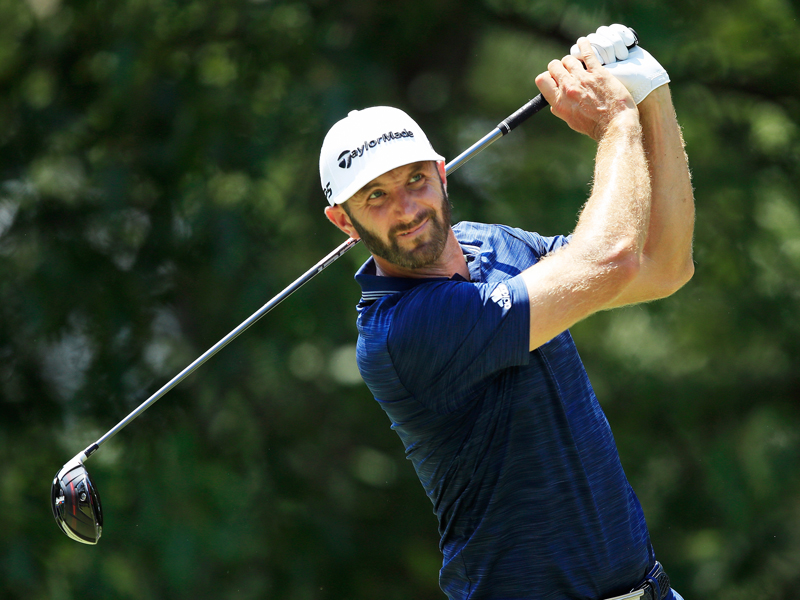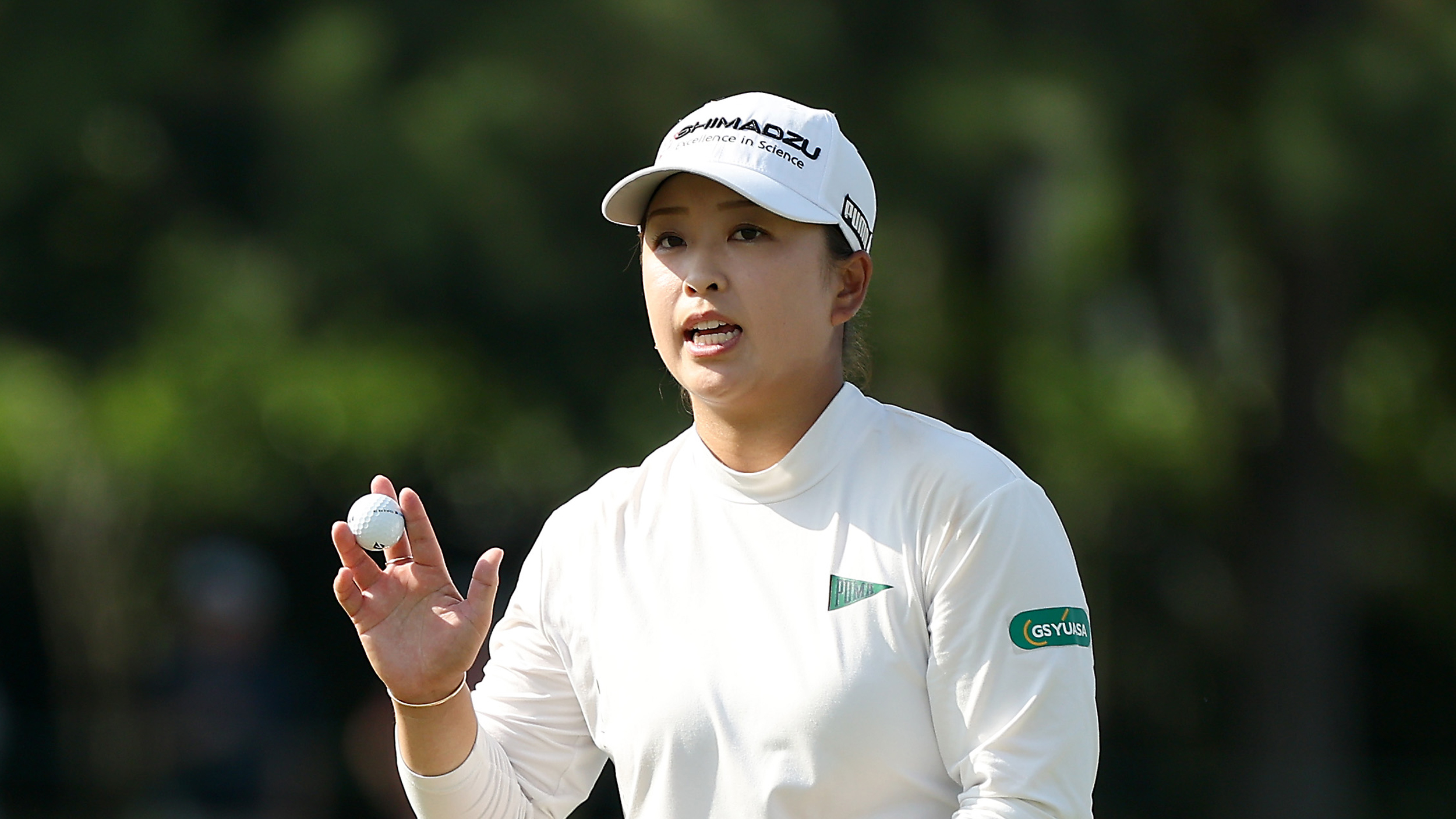The Open 2018: How to pick a Carnoustie Champion

When looking at how to pick a Carnoustie Champion, it is well worth taking a closer look at the challenge of the golf course specifically. Here are the five keys any potential Open Champion will need.
This year the Open Championship 2018 will return to Carnoustie. It is renowned as the fairest test on the Open rota with the hardest closing stretch. When considering how to pick a Carnoustie Champion, it is well worth taking a closer look at the challenge of the golf course specifically. Here are the five keys any potential Open Champion will need.
1 Natural Fade
As Carnoustie head professional Colin Sinclair explains in the video above, this year’s Open venue favours a right hander with a fade. This is because many of the potentially card-wrecking hazards sit to the left of the fairway. With out of bounds left on the 6th, 7th, 9th,10th and 18th this is definitely the side to avoid. For players such as Dustin Johnson, who relies on a natural fade with his TaylorMade M4 driver, they can aim at the danger and let the ball drift back into play. What’s more, the natural fader of the ball is able to commit more easily to the shot because the harder he swings, the more the ball is likely to fade away from the trouble. Of course, it is possible the wind will play havoc with this theory but in prevailing conditions the fading right hander starts with an important advantage.

2 Strategy and experience
Carnoustie is one of the best bunkered golf courses on the planet. These nasty pot bunkers come into play on almost every hole both for the longest and shortest hitters in the field. More often than not, finding a trap off the tee will cost you a shot so avoiding the sand is essential. No strategy is ever going to completely take them out of play at Carnoustie but knowing how to tilt the percentages in your favour is going to be key. For those reasons, it is worth considering the smart players who have experience of Carnoustie both at the Open and the Dunhill Links. Having played the course in different winds, these players will have seen rounds come apart at the hands of Carnoustie’s fearsome bunkers. Their experience and strategy could be a key factor.
Justin Rose: What's In The Bag
Get the Golf Monthly Newsletter
Subscribe to the Golf Monthly newsletter to stay up to date with all the latest tour news, equipment news, reviews, head-to-heads and buyer’s guides from our team of experienced experts.

3 Power Players
At 7,402 yards, Carnoustie is certainly long enough to test the biggest hitters. With a typical July breeze, certain holes will be brutally long. As we have already mentioned, Carnoustie’s clever bunkering favours pinpoint accuracy no matter how far you hit the ball. Being able to step on the accelerator and hit 350 yard drives, will certainly help set up crucial birdie opportunities. Rory McIlroy has this skill as well as being able to shape his ball both ways, with his TaylorMade M3 driver to control the flight in a crosswind. This level of driving prowess along with his Carnoustie experience (he finished as the leading amateur in 2007 and has regularly played in the Dunhill Links Championship) makes the Northern Irishman a genuine contender.
Rory McIlroy: What’s In The Bag?
4 Tough Competitors
Carnoustie is famous as one of the fairest golf courses on the Open rota. There are very few blind shots and the majority of the danger, whilst it is very well placed, is there for you to see. Throw in what is also possibly the toughest final four holes anywhere in the game and you have a superb challenge of the mind. Any Carnoustie Open Champion needs to stay calm and grind out a score over this brutal closing stretch. The more experienced players will have a much better instinct for what a good score is for the last four holes. This is where a good short game can also make all the difference. The best scramblers will be able to turn an average score into a good one.

5 Shot Shaping
Whenever the wind blows at the Open it favours those capable of shaping their shots. Whilst it remains true that Carnoustie leans towards favouring those with a fade, in breezy conditions the top players will need to be able to shape the ball in both directions. As the greens are relatively flat, there are plenty of good birdie opportunities but to access those flags you will need to hit soft-landing approach shots. That means holding the ball in crosswinds with fades and draws. Carnoustie is a complete test of ball-striking.

Articles created in partnership with TaylorMade.
-
 Yan Liu Facts: 10 Things To Know About The LPGA Tour Pro
Yan Liu Facts: 10 Things To Know About The LPGA Tour ProYan Liu has been making solid progress in her professional career – here are 10 things to know about the LPGA Tour golfer
By Mike Hall
-
 Mao Saigo Facts: 14 Things You Didn't Know About The Japanese Golfer
Mao Saigo Facts: 14 Things You Didn't Know About The Japanese GolferDiscover more about Japanese pro golfer, Mao Saigo via these facts regarding her life and journey through the game so far...
By Jonny Leighfield